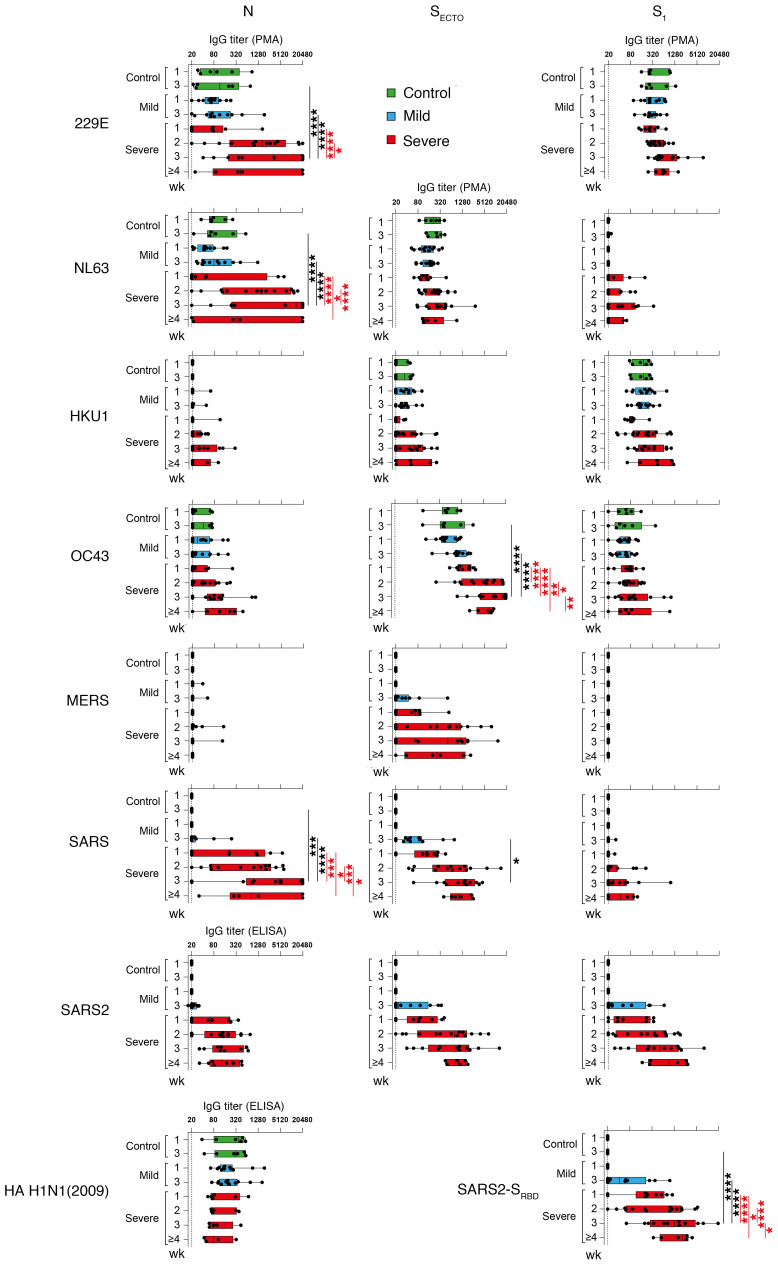Figure 1. Patients with severe COVID-19 generate a strong serum SARS-CoV-2 IgG response and have an increasingly stronger IgG response to other coronaviruses.
Longitudinal serum IgG titers (x axis) for 6 disease control donors (green boxes), 12 patients with mild COVID-19 (blue boxes), and 20 patients with severe COVID-19 (red boxes), grouped by week number after the onset of symptoms (y axis), against a panel of coronavirus nucleocapsid proteins (N, left column), the ecto (SECTO, middle column) and head domains (S1, right column) of S protein, and the SARS-CoV-2 SRBD and HA of the H1N1 (2009) influenza virus (listed along the y axis). A SARS-CoV-2–specific response was mounted in all patients with COVID-19, together with a boost of seasonal human 229E, NL63, HKU1, OC43, and epidemic MERS, SARS, and SARS2 coronavirus antigens. Dotted line shows the assay background. Boxes represent the median, upper, and lower quartiles, and whiskers show the range. P values calculated using a 2-way ANOVA with Tukey’s multiple-comparison test (*P < 0.05, **P < 0.01, ***P < 0.001, and ****P < 0.0001) are shown in black (significant intergroup differences) and red (significant intragroup differences).

